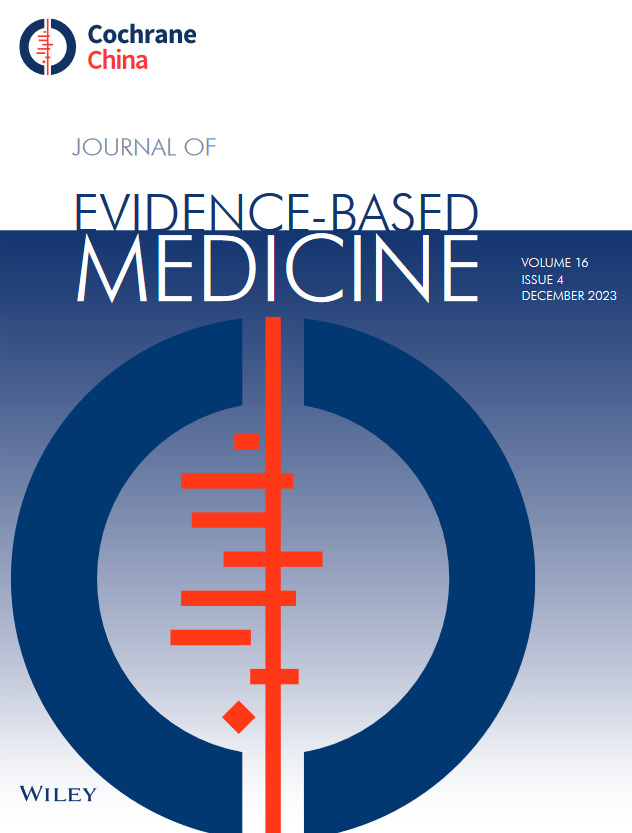Association Between Recurrent Aphthous Ulcers and Oral Biodiversity: A Systematic Review and Meta-Analysis
Abstract
Objective
This study aimed to investigate the relationship between recurrent aphthous ulcers (RAU) and dysbiosis of the oral microbiota.
Methods
A systematic search was conducted across several databases, including the Cochrane Library, PubMed, Web of Science Core Collection, Embase, Scopus, CBM, CNKI, WanFang, and VIP, to identify relevant studies from the inception of the library until September 20, 2024. All included studies were evaluated for quality using the Newcastle–Ottawa scale. These studies assessed the diversity and abundance of oral microorganisms in patients with RAU in comparison to healthy individuals. Results were synthesized via random-effects meta-analysis (I2 statistic for heterogeneity). Mean differences (MD) and 95% confidence intervals (CI) were applied to evaluate the pooled effects of outcomes. The systematic review was registered in PROSPERO (CRD42024615516).
Results
A total of 10 studies involving 343 patients and 348 controls were included in this study, 7 of these were utilized for meta-analysis to conduct a quantitative assessment. The meta-analysis showed that in terms of alpha diversity, saliva samples collected from patients with RAU exhibited a significantly lower Chao 1 index of alpha diversity (MD = –41.22, 95% CI –64.34 to –18.09, p < 0.01), and that patients with ulcerated sites in the oral mucosa demonstrated a higher Chao 1 index when compared to healthy sites within the oral mucosa (MD = 27.48, 95% CI 2.98 to 51.97, p = 0.03).
Conclusions
Significant differences in the Chao 1 index between patients and healthy controls, along with variations in beta diversity and the relative abundance of taxa, indicate that microbial dysbiosis may play a crucial role in the development of RAU.

 求助内容:
求助内容: 应助结果提醒方式:
应助结果提醒方式:


